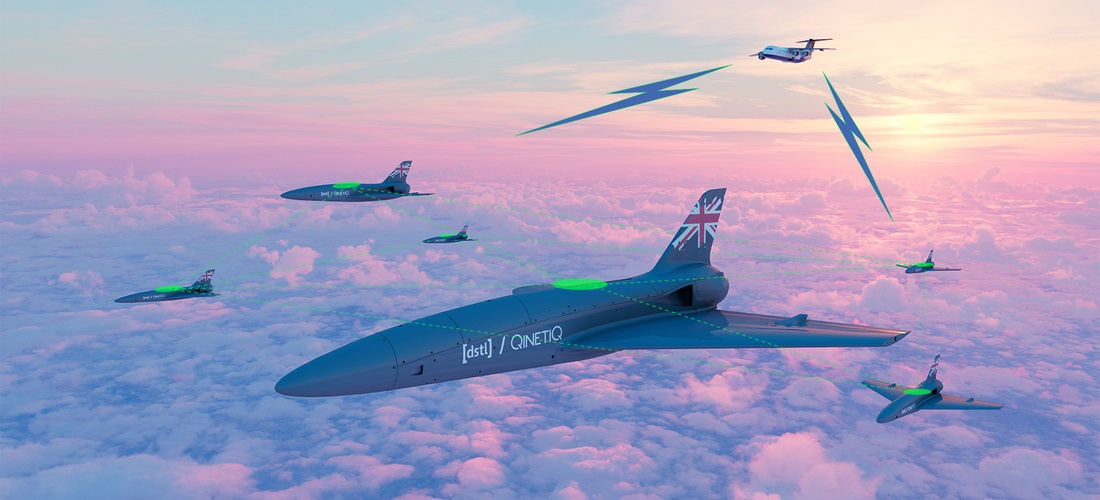Most space debris is tracked from earth and relies on NASA and the U.S. Department of Defence’s Space Surveillance Network, as well as the U.S. Air Force’s space-tracking system that uses ground-based sensors. In Europe, Toulouse-based company Share My Space is among a small group of private companies offering the service, tracking artificial satellites and space debris, using its ground-based telescopes.
But it wants to go one step further. With the help of EDA, it could develop a project to put 12 microsatellites into space to monitor space junk with much greater accuracy. If successful, every 90 minutes, the satellites would be able to send back a full scan of a region in space and allow companies to make trajectory decisions. “No sensor at ground level can give that kind of precision,” says Norbert Pouzin, a Spaceflight Dynamics Engineer at Share My Space. “To have precise and accurate data on all orbits, at a high time-frequency, you need the combination of a ground-based and space-based observation system. A surveillance constellation will only be high-performance with a full network of ground-based sensors linked to it,” Pouzin says.
Collisions are not theoretical either. According to the European Space Agency, the first-ever accidental in-orbit collision between two satellites occurred in February 2009 above Siberia, when a privately-owned U.S. communication satellite, Iridium-33, and a Russian military satellite, Kosmos2251, collided. Both were destroyed.
The microsatellites form the essence of Share My Space’s winning proposal for the EDA’s 2022 Innovation Prize. While the €30,000 prize money can only be seed money considering the potential €720 million cost of the project, it does bring the company publicity and credibility, Pouzin says. “It shows we have the know-how and will help us put this proposal at the ministerial level in France, and at the European level.”
Competitive field
Share My Space’s proposal involves sending up the microsatellites with three crucial pieces of technology: a narrow field of view photo sensor telescope, a ‘fish-eye’ wide angle camera, and a laser to track objects. If Share My Space could secure an EDA-led project with funding from Member States, it would likely create a consortium to build the satellites – a so-called Category B project that would allow Member States to opt-in to the project and in which only participating states would pay towards the costs of the project. Share My Space is working on the basis of a 30-month development cycle, with a five-year mission.
As in previous years, EDA’s Innovation Prize competition was very high, not just in terms of the number of proposals – 15 in all – but also in terms of quality. “This year, we added an incentive to promote the participation of small and medium-sized enterprises, including start-ups, and give them the opportunity to bring their innovative proposals to the defence sector,” says Jean-François Ripoche, EDA Director for Research, Technology and Innovation (RTI).
Ripoche says that Share My Space was selected because “it proved to be very innovative, proposing a solution based on a dedicated satellites’ constellation which would provide more continuous coverage and high accuracy position of the detected objects. By combining this architecture and the latest optical sensors technology, this proposal will put EU defence at the forefront in space surveillance. ”As the amount of space junk is set to steadily increase, Share My Space’s proposal could not have come sooner.
A full version of this article is available in EDA’s magazine European Defence Matters, Edition 24.























